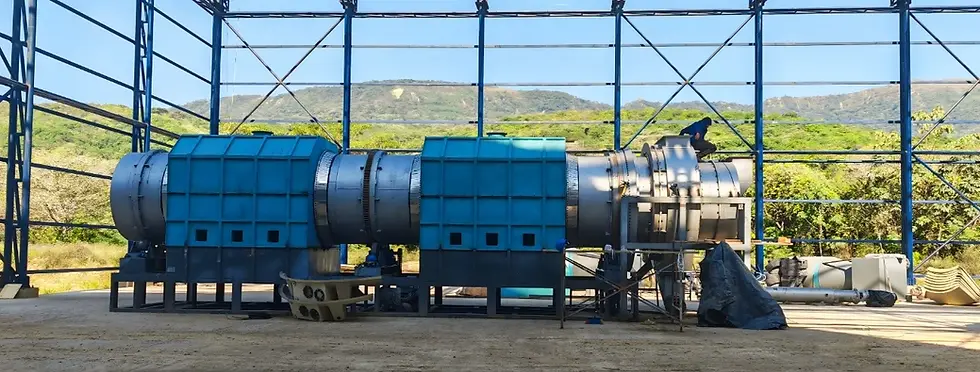Air Emission Compliance and Environmental Impact of Sawdust Charcoal Machine
- lee784287
- 6月12日
- 讀畢需時 2 分鐘
The operation of a sawdust charcoal machine represents a significant advancement in biomass-to-energy conversion technologies. As global scrutiny of industrial emissions intensifies, the environmental compliance and atmospheric impact of these systems have become critical considerations for manufacturers, regulators, and sustainability-driven enterprises.
Emission Control and Regulatory Standards
A well-engineered sawdust charcoal machine is designed to meet stringent air emission standards enforced by environmental agencies across various jurisdictions. During the carbonization process, volatile gases are released as biomass thermally decomposes in the absence of oxygen. Advanced machines incorporate multi-stage filtration systems, including cyclonic dust separators, ceramic filters, and wet scrubbers, which capture particulate matter and neutralize acidic gases.
Compliance with frameworks such as the U.S. Environmental Protection Agency's Clean Air Act or the European Industrial Emissions Directive requires that emissions of nitrogen oxides (NOx), sulfur dioxide (SO₂), and volatile organic compounds (VOCs) remain within prescribed thresholds. Modern equipment is often fitted with continuous emission monitoring systems (CEMS) to ensure real-time data acquisition and regulatory adherence.

Reduction of Greenhouse Gas Emissions
A key environmental merit of the charcoal making machine lies in its ability to reduce greenhouse gas emissions compared to open burning or uncontrolled biomass decomposition. By channeling pyrolytic gases into a secondary combustion chamber, the machine utilizes its own off-gases as an energy source, displacing fossil fuel consumption and lowering carbon footprints.
Moreover, the resultant biochar serves as a long-term carbon sink. When applied to soil, it stabilizes organic carbon, mitigating the release of CO₂ and methane over time. This dual function—energy recovery and carbon sequestration—positions the system as a net reducer of atmospheric carbon.
Odor and Airborne Pollutant Mitigation
Without appropriate engineering, biomass carbonization can emit malodorous compounds and fine particulate matter. A high-efficiency sawdust charcoal machine integrates odor abatement mechanisms, including thermal oxidizers and activated carbon filters, to neutralize smell-forming compounds such as acetic acid and methanol. These systems minimize localized air quality degradation and reduce occupational exposure for onsite workers.
Environmental Impact of Residual Byproducts
Apart from airborne emissions, residual outputs like ash and tar are also environmental vectors. In compliant systems, tar-laden condensate is collected and processed or disposed of according to hazardous waste guidelines. Residual ash, low in heavy metals due to the clean feedstock of sawdust, may be reused as a soil amendment or construction additive, further closing the material loop.
Sustainable Biomass Utilization
The use of sawdust as a feedstock exemplifies efficient biomass valorization. By converting forestry byproducts into high-energy charcoal with minimal emissions, the machine supports deforestation mitigation and waste reduction goals. Unlike conventional charcoal kilns, which contribute to ambient air pollution, the enclosed structure and thermal efficiency of the sawdust charcoal machine make it an environmentally superior alternative.
Conclusion
The environmental performance of a sawdust charcoal machine is defined by its emission control capacity, energy integration, and waste management protocols. Through compliance with international standards and deployment of advanced gas treatment systems, it aligns with sustainable production mandates while delivering value through carbon-neutral energy and reusable byproducts.



留言